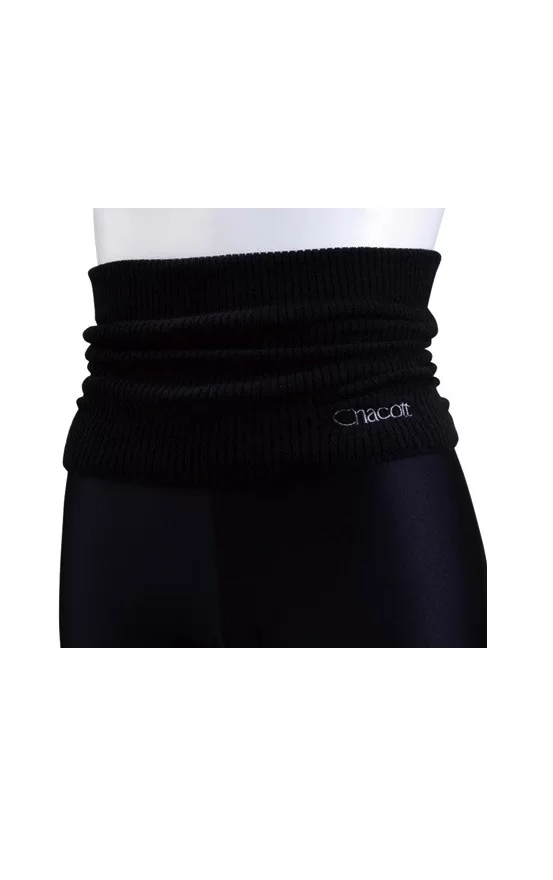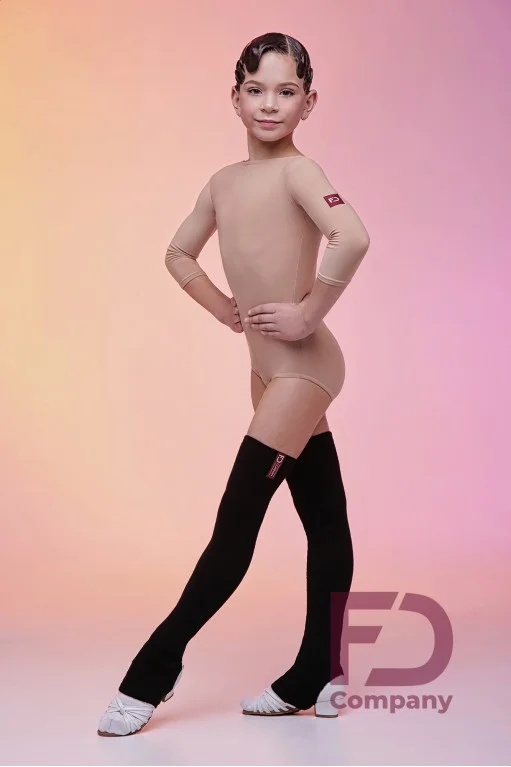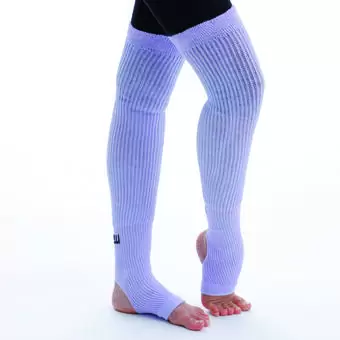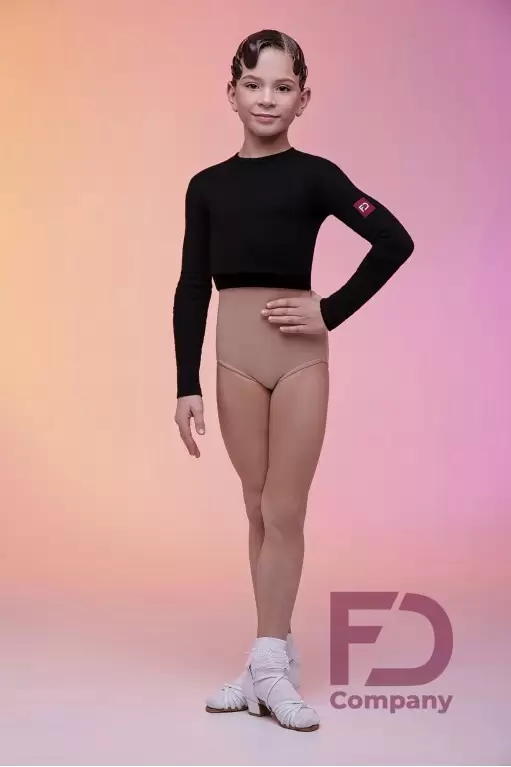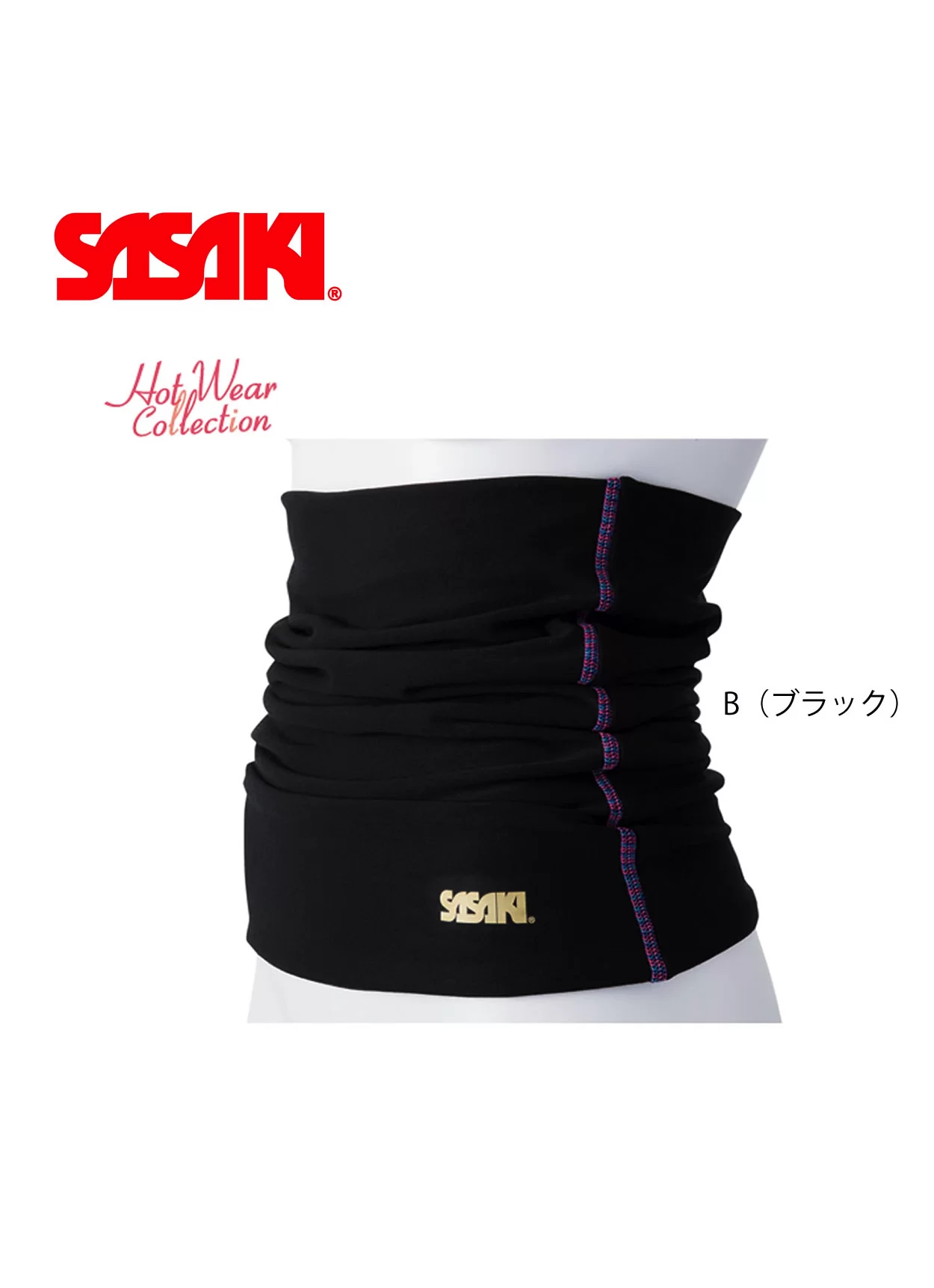-
1 in stock
- Out of stock
- Out of stock
- Out of stock
- Out of stock
Warm-ups are an essential part of any dance routine, and ballroom dancing is no exception. Proper warm-up exercises help to prepare the body for the physical demands of dancing, reducing the risk of injury and improving overall performance.
For girls of ballroom dancing, warm-ups can be particularly important to ensure that their bodies are ready for the intricate footwork and movements required in this style of dance.
There are many different types of warm-up exercises that can be beneficial for girls of ballroom dancing, each targeting different muscle groups and areas of the body. Some popular warm-up exercises for ballroom dancing include:
- Cardiovascular warm-ups: These exercises are designed to increase heart rate and circulation, getting the body ready for physical activity. Some examples of cardiovascular warm-ups for ballroom dancing include jumping jacks, jogging in place, and skipping.
- Stretching exercises: Stretching exercises are crucial for preparing the muscles and joints for the demands of dancing. Some important stretches for ballroom dancing include leg swings, calf stretches, and hip flexor stretches.
- Footwork drills: Ballroom dancing requires precise footwork, and footwork drills can help to improve coordination and accuracy. Some examples of footwork drills for ballroom dancing include grapevines, chasses, and box steps.
- Core strengthening exercises: A strong core is essential for maintaining balance and stability while dancing. Some exercises that can help to strengthen the core muscles include planks, crunches, and bicycle crunches.
- Arm and shoulder exercises: Many ballroom dances require arm and shoulder movements, making it important to warm up these muscles before dancing. Some exercises that can help to warm up the arms and shoulders include arm circles, shoulder rolls, and bicep curls.
When designing a warm-up routine for girls of ballroom dancing, it’s important to keep in mind the specific demands of this style of dance.
Ballroom dancing requires a lot of twisting and turning, so it’s important to include exercises that target the core muscles and improve flexibility in the spine.
Additionally, many ballroom dances require fast footwork and quick changes of direction, so it’s important to include drills that focus on speed and agility.
It’s also important to gradually increase the intensity of the warm-up exercises to avoid injury. Starting with low-intensity exercises and gradually increasing the intensity over time can help to prepare the body for more strenuous activity. It’s also important to pay attention to the body and stop or modify exercises if any pain or discomfort is felt.
In addition to physical warm-up exercises, mental warm-ups can also be beneficial for girls of ballroom dancing.
Mental warm-ups involve focusing the mind on the upcoming dance routine and preparing mentally for the physical demands of dancing.
Some mental warm-up exercises for ballroom dancing include visualizing the routine, practicing deep breathing and relaxation techniques, and focusing on positive affirmations.
In conclusion, warm-ups are a crucial part of any ballroom dancing routine, and girls of ballroom dancing can benefit greatly from incorporating a variety of warm-up exercises into their practice.
Whether it’s cardio exercises to increase heart rate, stretching exercises to improve flexibility, or footwork drills to improve coordination and accuracy, a comprehensive warm-up routine can help to prepare the body and mind for the physical demands of dancing.
By taking the time to properly warm up before dancing, girls of ballroom dancing can reduce the risk of injury, improve performance, and enjoy the many benefits of this beautiful and elegant style of dance.
For ballroom dancers, warm-ups are essential garments used before competitions, practices, or classes to keep muscles warm and flexible, preventing injuries and enhancing performance. These warm-ups can vary significantly in terms of material, design, purpose, and suitability for different dance styles within ballroom dancing, such as Latin or Standard.
| Criteria | Jackets | Pants | Leg Warmers | Wrap Skirts |
|---|---|---|---|---|
| Material | Stretchable fabrics, often breathable | Lightweight fabrics, some with stretch | Knitted or woven fabrics | Light, often sheer or semi-sheer fabrics |
| Design | Fitted or semi-fitted, zippered or pullover | Fitted with elastic or drawstring waist | Tubular, stretch over legs | Wrap-around, adjustable tie closure |
| Warmth | Medium to high, depending on the fabric | Medium, designed to keep legs warm | High, especially for calf and ankle area | Low, more for style than warmth |
| Flexibility | High, to allow full range of motion | High, especially in styles with stretch | High, allowing for easy movement | High, does not restrict leg movement |
| Typical Use | Before and after practice/competition | During warm-up or cool-down phases | Primarily for warming up legs | Often worn by Latin dancers for style/practice |
| Features | May include pockets, reflective elements | May have zippers at the ankles for easy removal | Often used in colder environments | May include decorative elements like ruffles |
This table outlines the general characteristics of different types of ballroom warm-ups, highlighting their primary functions and suitability for various needs within the dance community.
While jackets and pants offer more comprehensive warmth and are versatile for various activities, leg warmers focus specifically on the legs, particularly beneficial for dancers focusing on flexibility and intricate footwork.
Wrap skirts, though offering minimal warmth, serve as a stylish option for Latin dancers, allowing them to practice in attire that mimics the flow and movement of their competition costumes. The choice of warm-up attire will depend on the dancer’s specific needs, personal style, and the particular demands of their dance discipline.




